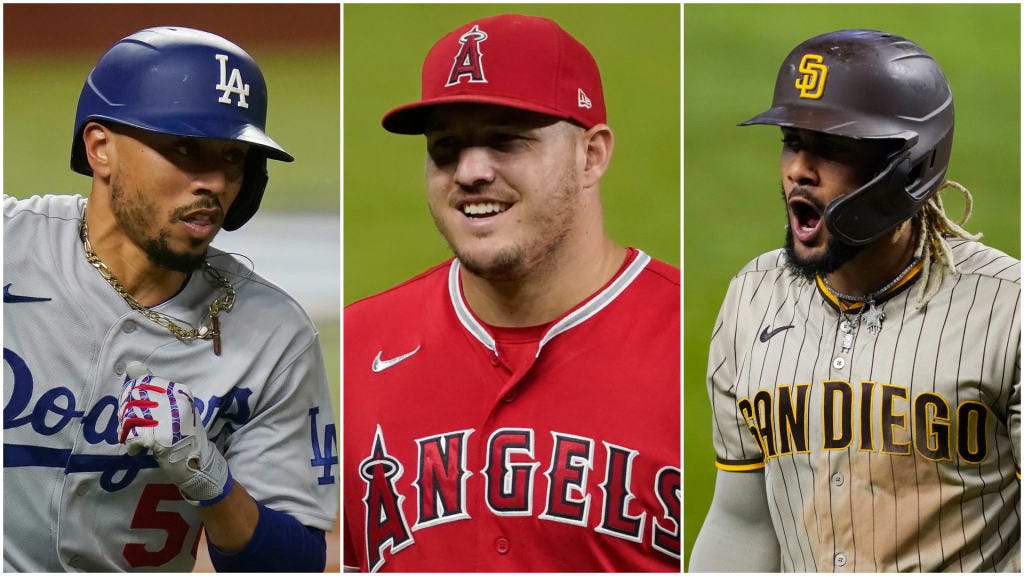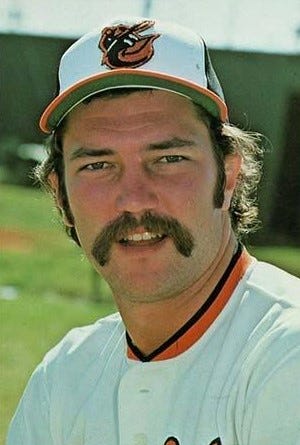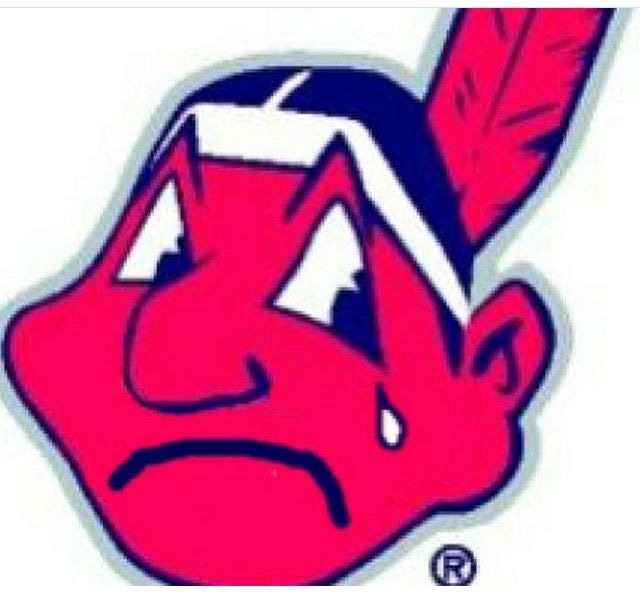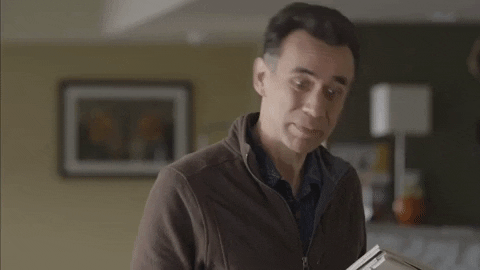Baseball in the 21st century has seen no shortage of long-term deals to the game's best players. But in the mid-1970s, there were no such contracts. That all changed when one team decided to go all-in on a standout pitcher that could take them all the way. Who was he? Why offer such a big contract? How did he perform? Let's learn about baseball's first long-term contract, today on Rounders: A History of Baseball in America.
When Did Long-Term Baseball Contracts Begin?
In 1977, the Cleveland Indians, now the Guardians, signed a promising pitcher named Wayne Garland to a 10-year $2.3 million contract - the first long-term deal of its kind in baseball history. It was an unprecedented move for a team in those days and shocked the baseball world. Nowadays, we're used to these types of deals.
Carlos Correa gets 13 years from San Francisco in 2022
Fernando Tatis Jr. got 14 years from San Diego in 2021
Giancarlo Stanton got 13 years from the NY Yankees in 2015
Albert Pujols got 10 years from St. Louis in 2010
Alex Rodriguez got a decade back in 2001 from the Yankees to kick off the century
50 years ago, baseball had no such contracts. It was an entirely different game back then. Free agency was a new system, known as a "re-entry draft," when the system first took shape. We talked about the birth of this system in a previous episode of our companion podcast, "This Week in Baseball History." You can access the show for free by signing up for our weekly email newsletter.
Wayne Garland was part of Major League Baseball's first crop of free agents. Let's start by looking at what made him such an attractive target for teams in the winter of 1976.
Wayne Garland's Road to Coveted Status
The Pittsburgh Pirates drafted Wayne Garland in the fifth round of the 1968 Major League Baseball draft. He decided not to sign and instead went to school at Gulf Coast Junior College.
The St. Louis Cardinals selected him in the 1969 Major League Baseball draft. Again, he chose not to sign a contract. He changed his mind later that year and entered the 1969 secondary draft when the Baltimore Orioles snagged him.
His career started slowly as he had few starts and forgettable appearances. He posted a 7–9 record in 1972 and went 10–11 in 1973. He did, however, develop a wicked fastball and struck out 141 batters in that same season. That potential was good enough for a late-season call-up to the Orioles in September of 1973.
He didn't make the opening day roster in 1974 but was called up again in May to shore up the bullpen. He made six starts that season, including a game where he pitched eight innings of no-hit baseball. He remained a reliever for 1975 and the beginning of the 1976 season for the Orioles. At the beginning of that season, though, a starting spot opened up in Baltimore's rotation, and Garland's strikeout abilities bought him a chance to become a starter.
He blew away everyone's expectations, winning 20 games by the end of the season. That put him 6th overall in wins for the entire league. He also posted a 2.67 ERA.
The Orioles thought they had found the new rotation anchor and tried to get Garland to sign a mid-season deal for $40,000, which he rejected - mainly because he wasn't getting along with the team's manager.
That meant Garland could enter the re-entry draft in the upcoming off-season. He was part of a talented group of free agents, including veteran big names like Reggie Jackson and Rollie Fingers. Younger phenoms like Roy Sadecki and Dick Allen were also available.
A Quick Explanation: Baseball's Re-Entry Draft
Just to provide context for the next part of Wayne Garland's journey, baseball's free agency system was new and different in 1977. The re-entry draft was baseball's way of allowing teams to still have a chance at signing players while protecting them from being poached by wealthier clubs.
Teams could put in bids for a player, and the team with the highest bid got exclusive rights to negotiate with that player. But the first right to make an offer was arranged like a draft system, where the team with the first pick made the first offer. Teams had 48 hours to sign the player, or the player went back into the draft pool.
Wayne Garland's Long-Term Contract Signing
Baltimore picked 6th in the 1977 re-entry draft and had the chance to snag Wayne Garland. They chose instead to trade up with the California Angels to snag a young Cuban pitcher names Mike Cuellar.
Garland was a hot commodity in that draft and got offers from 12 different teams. The Cleveland Indians, desperate to get a solid starting pitcher, threw a crazy offer his way. 10 years, 2.3 million dollars. That contract was worth an average of $232,000 per season. He was 25 years old.
At that time, it was the first 10-year contract given out by an MLB team.
When Wayne's agent called to give him the news, he said, "I’m not worth it.’ His agent responded ‘Well, obviously, someone thinks you are.”
Wayne's Contract Payoff for Cleveland
The Indians were confident that Wayne Garland was worth the investment, and it paid off...at first.
In 1977 he went 13–19 with a 3.59 ERA but started having pain in his pitching arm. In his first spring training game of 1978, he injured his arm, but continued pitching after receiving a cortisone shot. This was a bad decision by Garland and the team's doctors. After six regular season starts, he officially tore his torn rotator cuff and needed surgery. He sat out the rest of the season to recover.
He returned in 1979 but only played ten games, with two more trips to the disabled list. He finished with a record of 4-10. Garland's 1980 campaign was a bit better as he threw 150 innings for Cleveland and had a record of 6–9, but threw a two-hit shutout on July 3.
The 1981 season was cut short by a 2-month players’ strike, and then in 1982, Garland showed up with a new primary pitch to try and avoid injuries. During the offseason, he developed a knuckleball. It didn't help him return to his 20-win form. After the season, Garland was released by the Indians with half his contract still on the books. It was his last season in the majors.
After being released, he could not get a tryout with any major league teams or AAA clubs. He did spend some time with the Yankees AA minor league affiliate but was released at the end of their season.
The Wayne Garland Signing: A Smart Move at the Time for Cleveland?
The signing of Wayne Garland for a historic long-term contract seemed like a smart move at the time. Even though his success was short-lived, and he never came close to winning another 20 games, Cleveland went all-in to try and get back to being a contender.
Garland was 25 years old, had won 20 games, was a known strikeout talent, and kept a low ERA. Considering all those factors, his 10-year, $2.3 million deal seemed like a reasonable gamble for the Indians.
What do you think? Was Wayne Garland worth the gamble? Was his contract the beginning of a negative trend or an inevitable evolution of player contracts?
Want More Baseball History Content?
For just $5.00 a month, you could become a premium member and show producer. Would you consider upgrading to a paid subscription?










